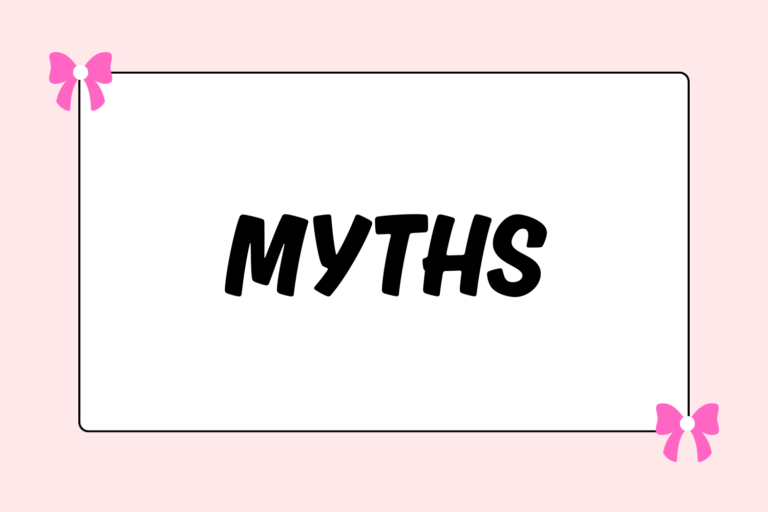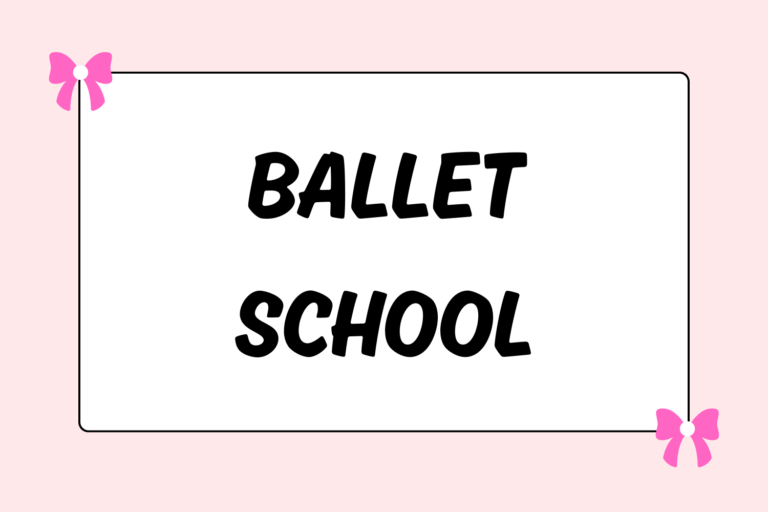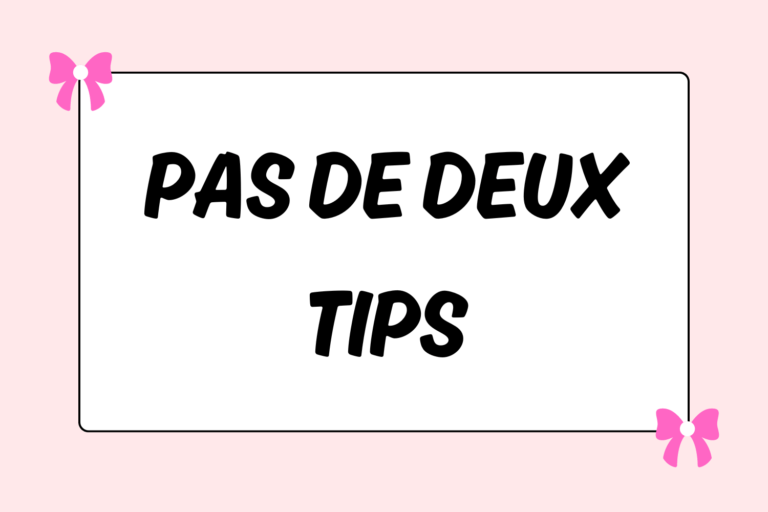Pointe shoes have been the symbol for ballerinas since the early 19th century. The satin shoes with their glossy ribbons enable the most elegant of movements, epitomizing the grace of the ethereal dancer. Every aspiring ballerina — little ones that danced before they could read, late starters who came back to dance after many years, and everyone in between — works toward being ready for pointe. No matter how long you’ve been dancing, if you aspire to do pointe work, here are some basic guidelines that instructors use to determine how ready you are.
Age & Bone Ossification
For late starters, this one is seldom a problem; for young, anxious ballerinas, it is (and should be) a major concern. As pointe work places an extraordinary amount of stress on the bones in the feet and ankles, they must be ossified and hardened before pointe is started. Bone ossification (the setting of bones from a malleable to a set form) occurs at the start of puberty, ranging from age 10 to 12 in girls.
Since beginning pointe work before bone ossification can pose serious injury risks, including frequent fractures and bone deformations in the long run, it is recommended to wait till age 12 in most cases to ensure proper bone health. When in doubt, a visit to a medical doctor can help clarify the growth process, and how far along a dancer is in bone ossification.
Fun Fact:
The entire ossification process takes about 20 years to complete.
Developed Arch & Ankle Flexibility
It may seem obvious that pointe work demands strong, supple feet and ankles, but the level of strength and flexibility required is often underestimated. Simply standing in the en pointe position requires an amount of flexibility in ankle and instep that, if not reached, will not allow the dancer to stand on the correct part of the shoe.
Thus, the dancer must be able to maintain a high three-fourths pointe position before starting pointe, so as not to “sink” in her shoes, relying on the soles to stay up (a practice that often leads to falls and injuries). Additionally, lateral flexibility in the ankle is vital so as to avoid sickling (pushing the weight to the little toe) en pointe.
If a student sickles in soft shoes, she will most likely sickle en pointe, which causes both immediate injuries to the ankle as well as long term tearing in tendons and muscles. Any mistake that is apparent in soft shoes will be multiplied exponentially en pointe.
Stable Turnout
Before starting pointe, the dancer should be able to maintain her turnout at all times when dancing. Turning out properly en pointe is more difficult due to the smaller balancing area and lack of friction, so if the student does not have strong, stable turnout, it is likely that she will be unable to have good turnout en pointe. This can lead to difficulty balancing and performing exercises.
Also, the muscles that support proper turnout assist in stabilizing the dancer en pointe. As such, if a dancer has not strengthened those muscles, she will find pointe work difficult and unstable.
Straight, Strong Knees
Similar to turning out properly in soft shoes, being able to maintain straight knees is fundamental in achieving readiness for pointe. Having bent knees en pointe (outside of toe hops) will cause the dancer to fall, feel unstable, and risk constant injury. Thus the dancer should be able to stand three-fourths pointe with straight, strong knees before starting pointe work.
This will also develop the muscles in the legs, making for a stronger lower body, which will then make pointe work easier as a whole.
A Strong Center
Although the brunt impact of pointe work is on the ankles and feet, what happens above them can make all the difference in the world. Having a strong, stable core will take enormous amounts of stress off the ankles, making pointe work both easier and safer.
Dancer must be able to lift out of the hips and keep an aligned spine. If a dancer is not able to hold her center strongly, then going en pointe will cause her to have difficulty finding her balance. This can also lead to a greater risk of stress fractures in the feet and ankles from overwhelming them.
Hot Tip: Core Training
Having difficulty getting your core strong? Try looking into core-focused cross training, like a weekly Pilates class.
Time Commitment
Beginning pointe work requires a constant, watchful eye by the instructor. Bad and injurious habits can develop easily in the early phases; therefore it is imperative that a student committing to pointe work attends at least three classes per week.
This not only tells the instructor that the student is committed to working safely and consistently, but also shows that the student has achieved a suitable level of fitness and strength by working on a consistent basis.
A Healthy Physique
Pointe work places an enormous amount of stress on the body as a whole, so it is vital that a student beginning pointe is in healthy shape. She should be free of major injuries and have the stamina to make it through a 90-minute class. The student should also free of major health problems that would interfere with both pointe and ballet practice as a whole.
Many conditions can be easily managed with the right tools, but the student should be able to focus on her practice — not her health — at all times. If a student has a condition that may be of concern, it should be discussed between her and the instructor before starting pointe work to ensure her safety.
Proper Class Etiquette
Even if a dancer meets all of the proper technical and health requirements for pointe, it is absolutely mandatory that she maintain proper class etiquette at all times. A dancer who is rude, inattentive, or distracting during class will not be put en pointe, regardless of her other attributes.
This is to maintain the proper atmosphere and etiquette for all students, since a dancer placed en pointe has the additional responsibility of being a role model for younger dancers. If she is unable to behave correctly, placing her en pointe is considered inappropriate and discouraging to other hard-working and properly-behaved students.
Stay Strong
Going en pointe is a major step in ballet. Whether you have already gotten there, you’re a concerned parent, or you’re looking to get those first pointe shoes soon, remember that hard work and focus are what will get you there. Continuing to strengthen and build your technique will improve your skills, and perseverance will get you to reach your full potential. So what are you waiting for? Start strengthening!





